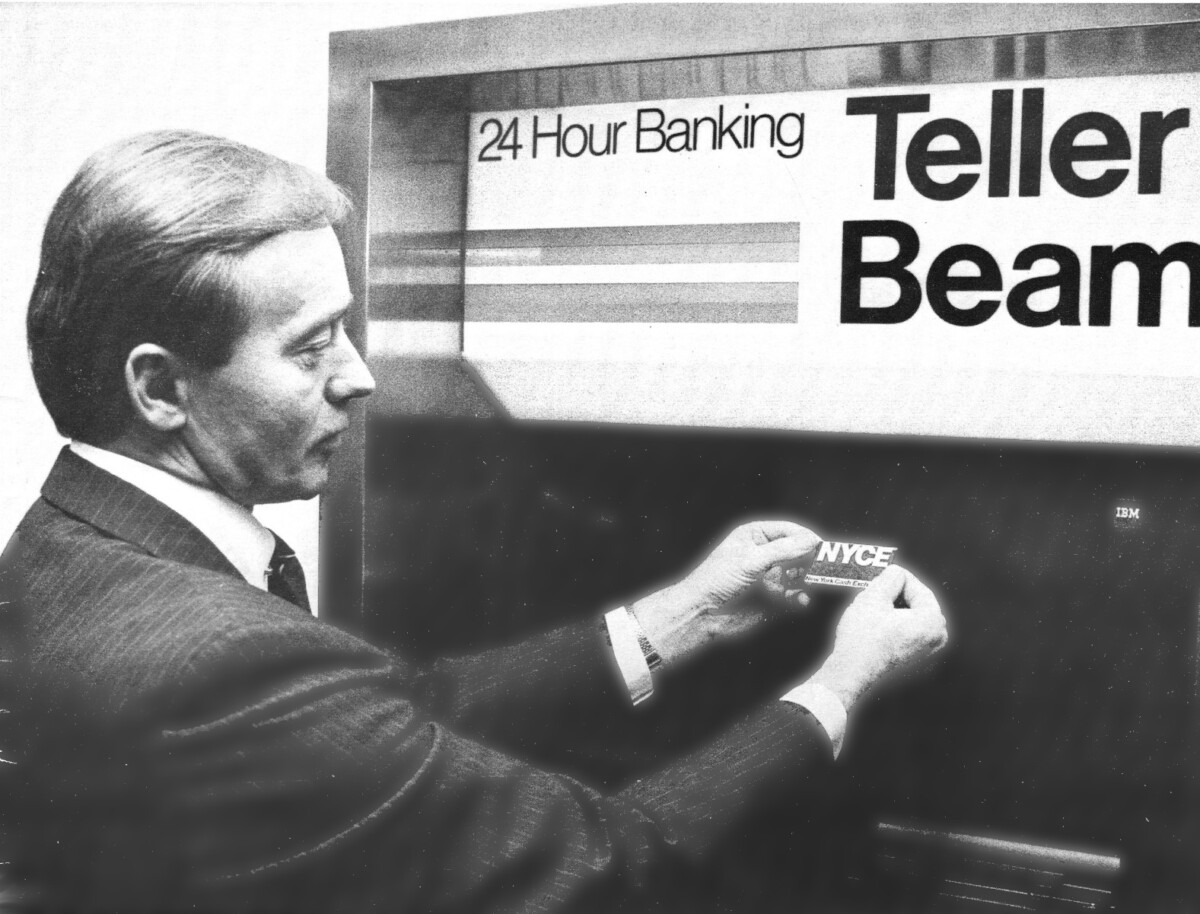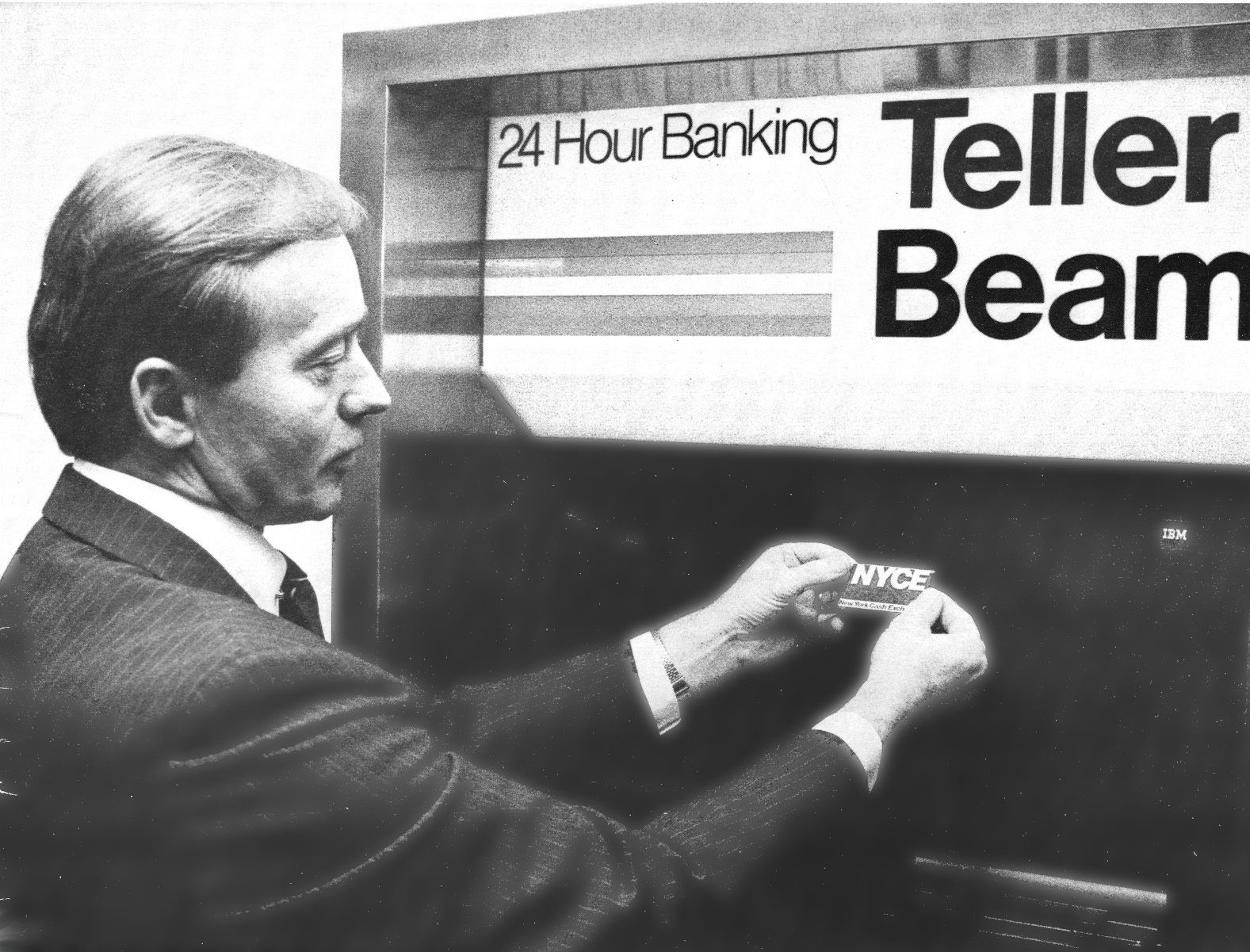
Things You Shouldn’t Do at a Foreign ATM (But Tourists Keep Doing Anyway)
Falling for the “Dynamic Currency Conversion” Trap
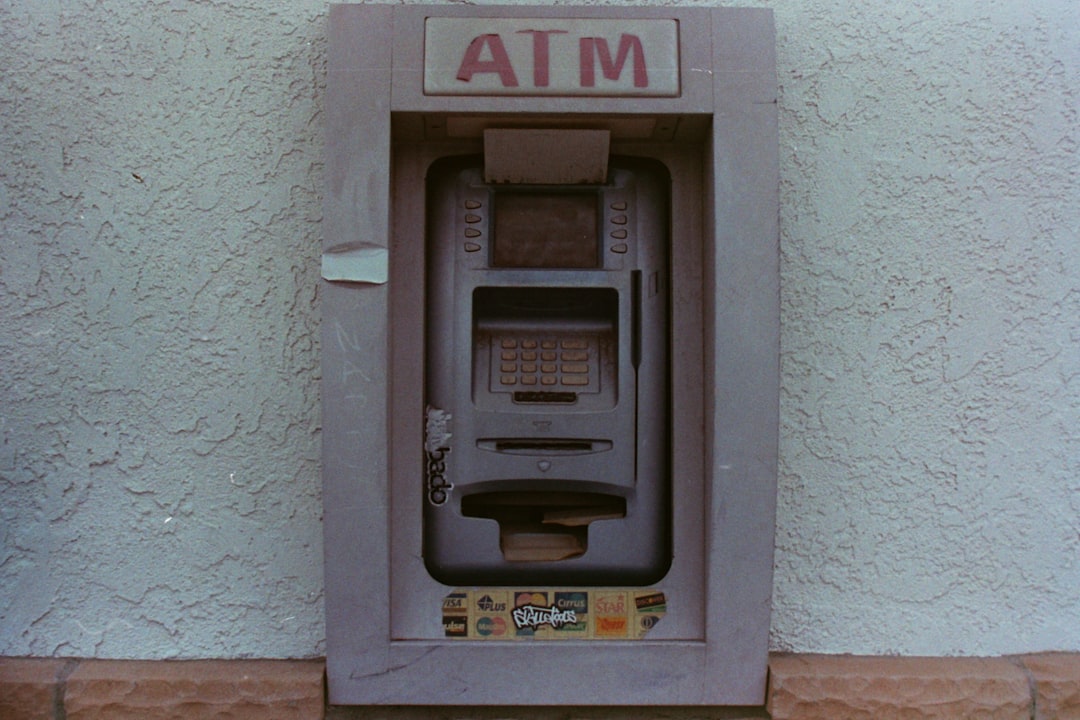
Picture this: you’re standing at a sleek ATM in Rome, ready to grab some euros, when suddenly the screen asks if you want to be charged in your home currency instead of euros. It sounds convenient, right? Wrong – you just stumbled into one of the most expensive tourist traps imaginable. Dynamic Currency Conversion (DCC) is a feature that lets you pay in your home currency instead of the local one, but it often saddles you with terrible exchange rates and can tack on a foreign transaction fee from your bank, turning a simple withdrawal into a money drain. A former European Parliament member called this practice a “surcharge of 8-14 percent” that “tricks consumers into large sums each year.” Always choose to pay in the local currency – your wallet will thank you later.
Using Those Sketchy Independent ATMs
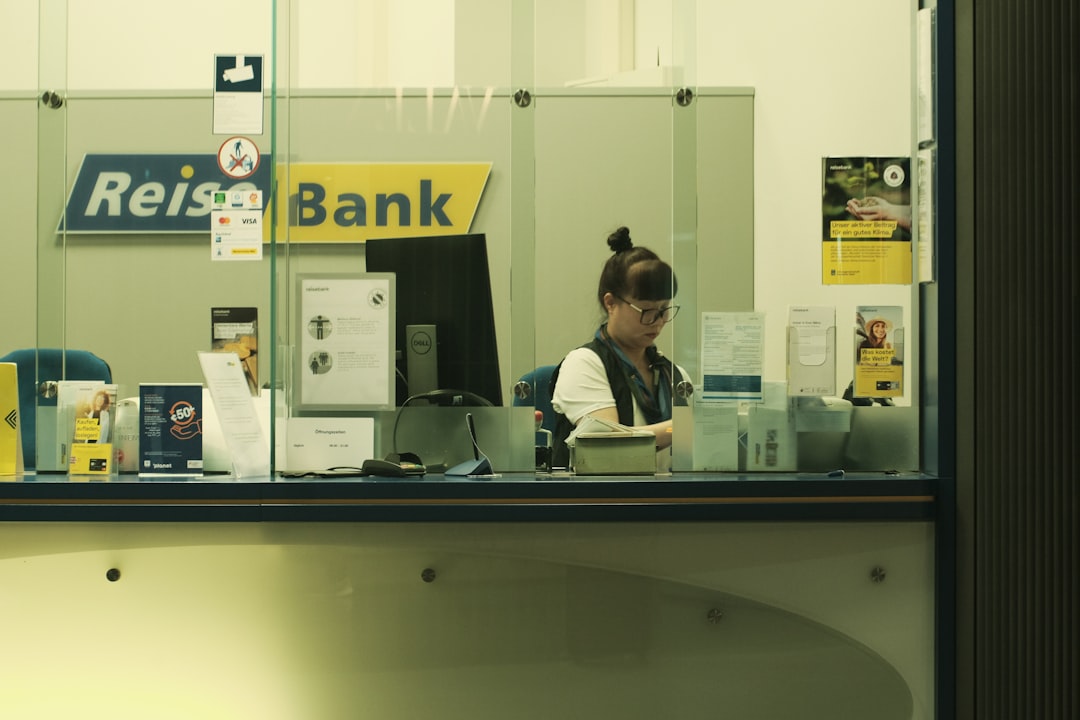
Independent ATMs like Travelex, Euronet, Your Cash, Cardpoint, and Cashzone have high fees, can be less secure, and may trick users with dynamic currency conversion, often placed next to bank ATMs hoping travelers will be too confused to notice the difference, with machines that may even have signs screaming “Free Cash Withdrawals” – don’t believe it. These machines are like financial vampires disguised as helpful friends. When you’re withdrawing cash, steer clear of Euronet ATMs if you can, as Reddit users warn these machines are “basically a scam, charging outrageous fees and offering terrible conversion rates.” Instead, hunt for proper bank-owned ATMs – they might take a few extra steps to find, but your bank account will stay healthier.
Forgetting to Notify Your Bank About Travel Plans
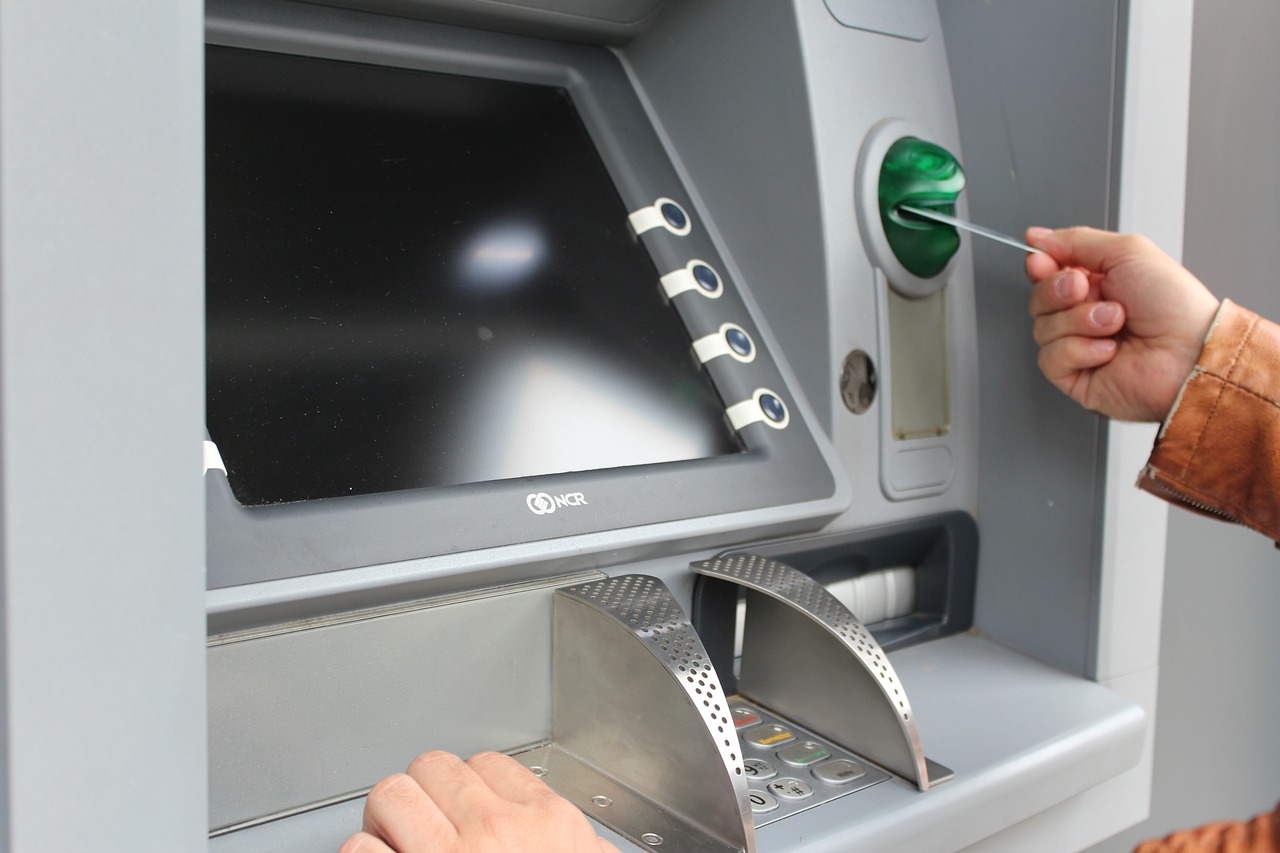
There’s nothing quite like the panic of having your card declined in a foreign country because your bank thinks someone stole it. Banks and credit unions don’t hesitate to freeze your account if they detect fraudulent or suspicious activity, with attempting to withdraw cash from an ATM in a foreign country being a significant red flag that could result in a frozen account, so before your trip, contact your bank via phone, online, or in person to let them know where and when you’re traveling overseas to prevent foreign transactions from causing alarms. Most banks make this process super easy now – you can often set travel notifications online or through their mobile apps. Some modern banks even use smart fraud detection that recognizes travel patterns, but it’s still better to be safe than sorry stuck without access to your money in Bangkok.
Not Inspecting the ATM Before Using It
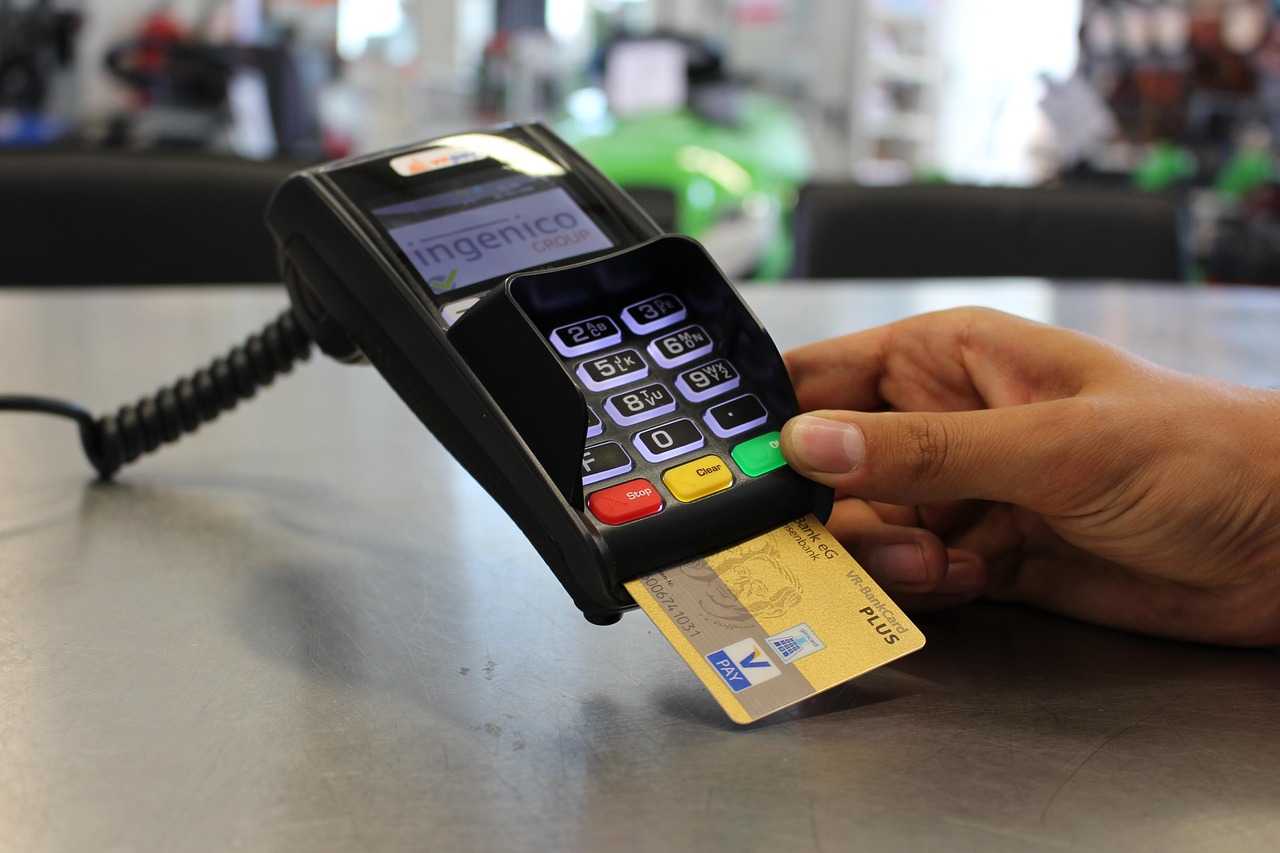
In 2025, criminals are using sophisticated ATM skimmers and fake public Wi-Fi networks to steal card data and personal information that can be used to empty bank accounts, clone cards, or commit identity fraud in minutes. Before you slide your card into any ATM, channel your inner detective and give that machine a thorough once-over. Before inserting your card into any ATM, inspect the card slot and make sure it hasn’t been tampered with or altered. Card skimming occurs when a magnetic strip is attached to the card slot that captures essential information like your PIN and card number, allowing scammers to access your bank account, and while it’s hard to spot, it’s not impossible with a little extra vigilance. Look for anything that seems loose, oddly placed, or different from other ATMs you’ve used.
Walking Away Without Your Card
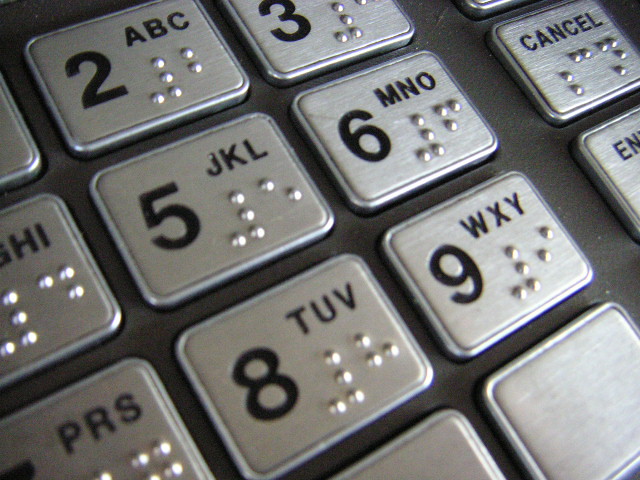
In the excitement of finally getting your cash sorted, it’s surprisingly easy to grab your bills and walk away – leaving your card behind like a forgotten umbrella. It’s easy to get distracted as you gather your cash from the ATM dispenser, and many ATMs will suck your card back in and keep it if you fail to retrieve it promptly (another good reason to use ATMs at banks). This happens more often than you’d think, especially when you’re tired from jet lag or distracted by the bustling foreign city around you. It’s easy to get distracted as you gather cash from the ATM dispenser, and many ATMs will suck your card back in and keep it if you fail to retrieve it promptly. Make it a habit to count: bills first, receipt second, card third – in that exact order, every single time.
Using a PIN That’s Too Long
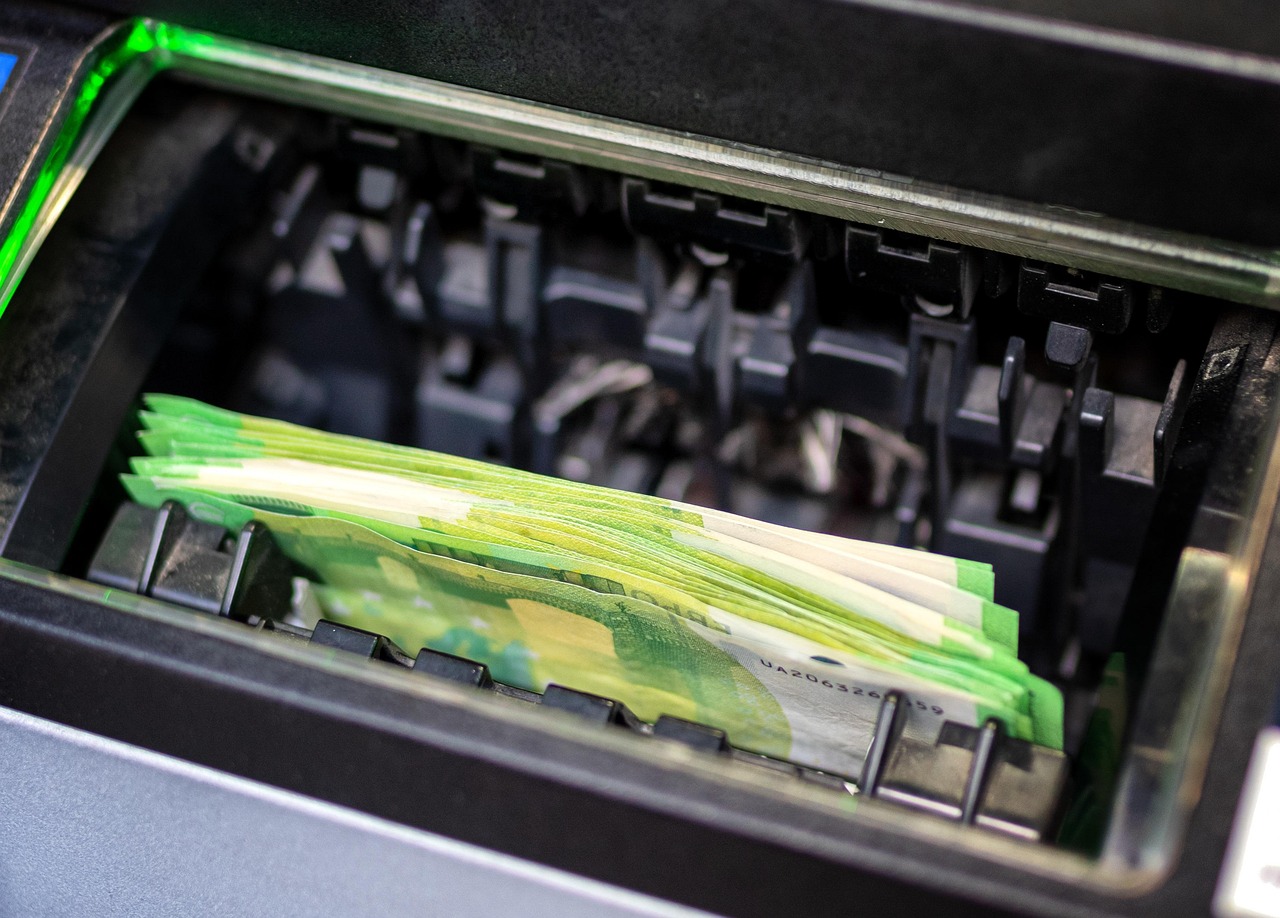
Your six-digit PIN that works perfectly at home might leave you standing confused at a European ATM that refuses to cooperate. Most European ATMs won’t accept PIN codes longer than four characters, so if your code exceeds four characters, talk to your bank about changing it at least two weeks before your trip. Often with European ATMs, you’ll find that the PIN code pads are solely numeric. It’s not just about length either – if your PIN is based on letters rather than numbers, you’ll need to translate those letters into their numeric equivalents before you travel. This might seem like a small detail, but it can be the difference between accessing your money and standing helplessly in front of a machine that won’t respond.
Withdrawing Tiny Amounts Multiple Times

ATM fees can really add up, especially if you’re traveling for weeks or months and might withdraw money from an ATM twice a week, with international ATM fees totaling around $7 USD per withdrawal, meaning $14 per week, $56 per month, or $672 per year. That’s enough money for almost three weeks in Southeast Asia! Instead of making frequent small withdrawals like you might at home, plan ahead and withdraw larger amounts less frequently. While it’s never a good idea to travel with loads of cash on hand, you can avoid frequent ATM fees by withdrawing large amounts of cash at one time, trying to map out a rough budget in advance so you don’t end up with a lot of spare cash at the end of your trip. Yes, carrying more cash requires extra security awareness, but the money you’ll save on fees can fund an extra day of sightseeing or a nice dinner.
The world of foreign ATMs doesn’t have to be a financial minefield if you know what to watch out for. These seven mistakes might seem small, but they can turn your dream vacation into an expensive lesson in international banking. Remember, the goal isn’t just to get cash – it’s to get cash without getting taken advantage of. What surprised you most about these ATM traps that tourists keep falling into?

